Table of Contents
What Is Pepper Corn and Why Is It So Important in Cooking?
Pepper corn, also known as black pepper, is the world's most widely used spice. It's not just a seasoning—it's a flavor powerhouse that transforms ordinary dishes into extraordinary culinary experiences. But what exactly is pepper corn, and why does it have such a lasting impact on global cuisine?
Pepper corn comes from the fruit of the Piper nigrum plant, native to South India. The berries are harvested when green and then dried, turning them into the dark, wrinkled peppercorns we know. This humble spice has been traded for thousands of years and remains essential in kitchens worldwide.
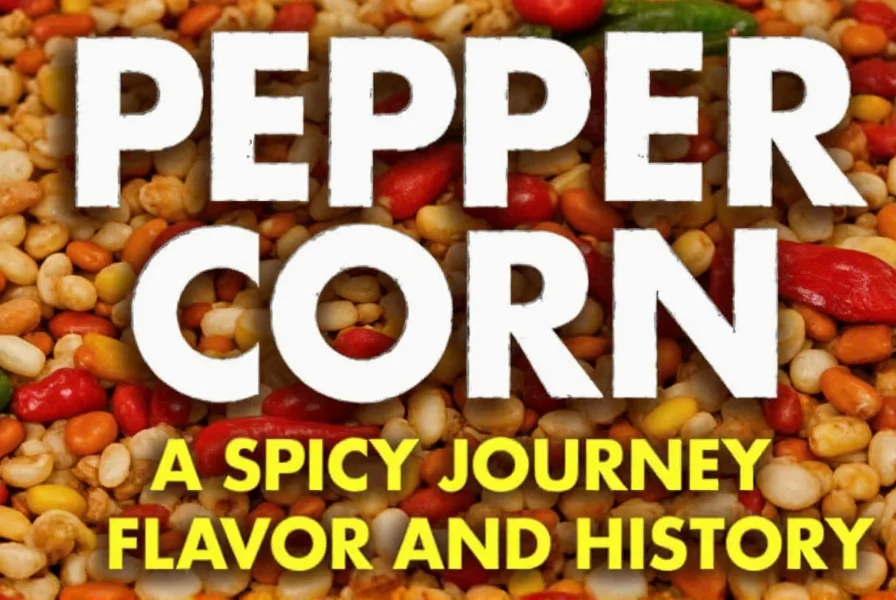
Types of Pepper Corn and Their Unique Characteristics
Not all pepper corns are created equal. Each variety offers distinct flavor profiles and culinary applications. Here's a detailed breakdown:
| Type | Description | Flavor Profile | Best Used In |
|---|---|---|---|
| Black Pepper | Dried unripe berries | Pungent, sharp, and slightly sweet | Meats, soups, and sauces |
| White Pepper | Ripened berries with the outer layer removed | Milder, earthier, and less pungent | White sauces, creamy dishes, and delicate foods |
| Green Pepper | Unripe berries preserved in brine or vinegar | Tart, fresh, and grassy | Salads, marinades, and pickling |
| Red Pepper | Ripened berries, often used as a garnish | Warm, fruity, and slightly sweet | Stews, seafood, and gourmet dishes |
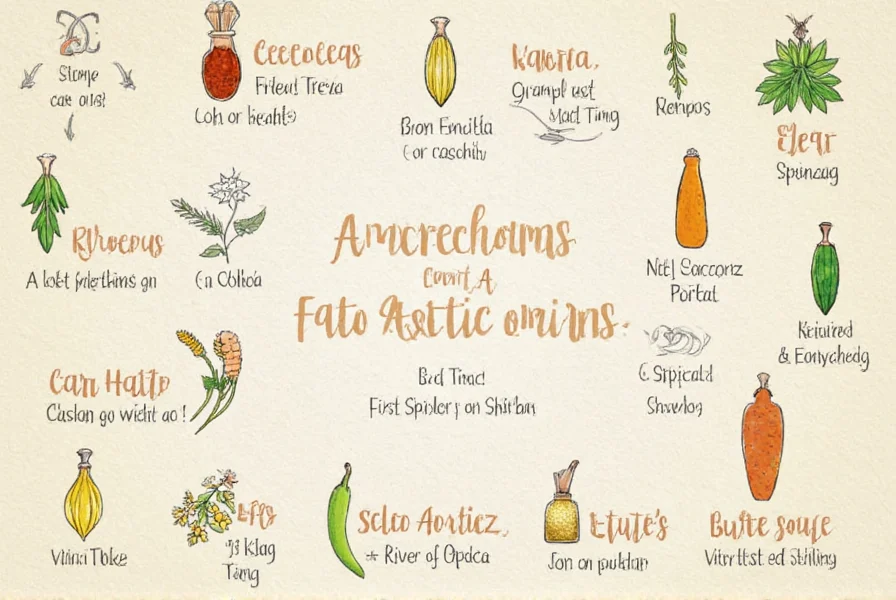
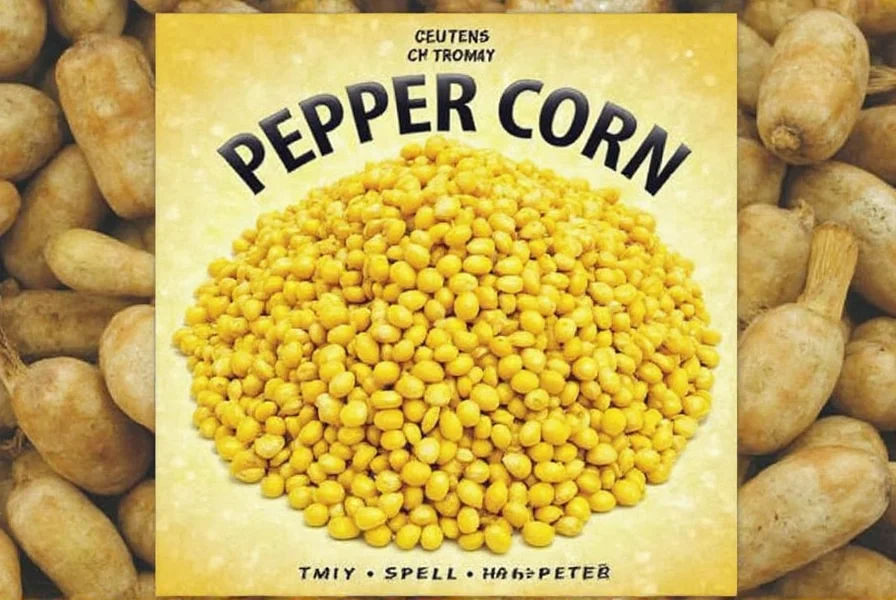
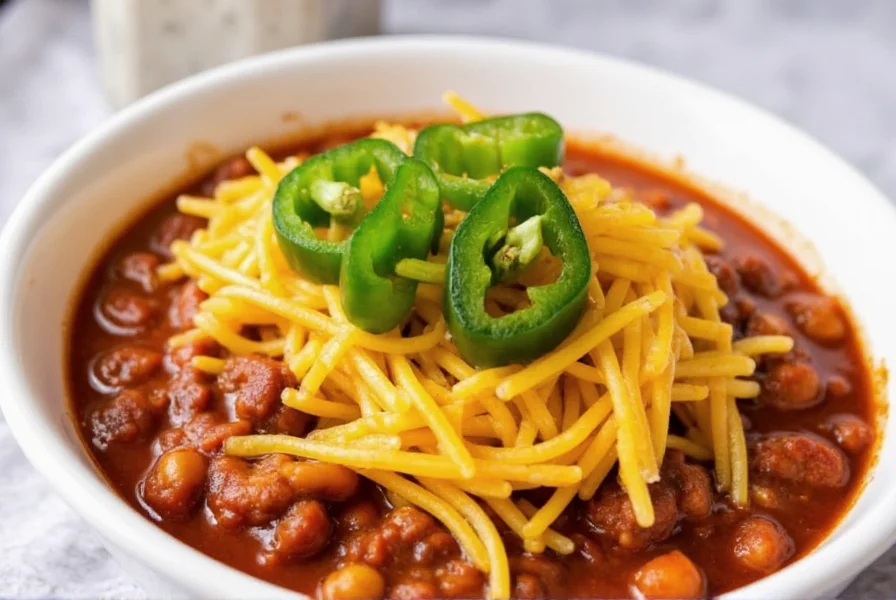
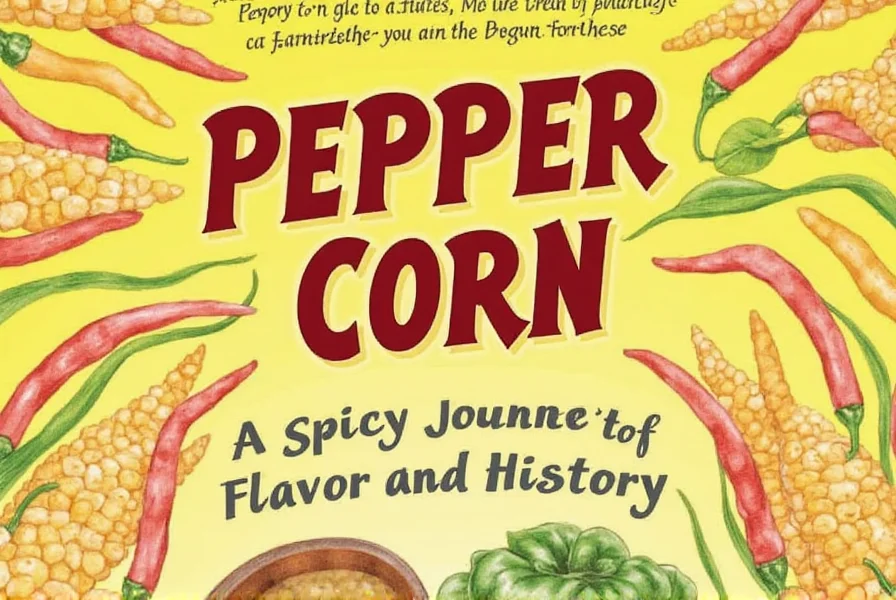
How to Use Pepper Corn in Your Cooking
Pepper corn is a staple in kitchens worldwide, but using it effectively requires understanding its versatility. Here are the most common and creative ways to incorporate it into your cooking:
- Seasoning meats: Sprinkle freshly ground black pepper over grilled chicken, steak, or pork for an extra kick.
- Enhancing sauces: Add a pinch of white pepper to béchamel or hollandaise sauce for a subtle warmth.
- Marinating vegetables: Use green peppercorns in a marinade for roasted carrots or zucchini.
- Garnishing dishes: Red pepper corns make a vibrant addition to seafood or rice bowls.
- Homemade blends: Mix different types of pepper for custom spice blends.
How to Choose the Best Pepper Corn for Your Needs
If you're serious about cooking, you'll want to choose high-quality pepper corns. Here's what to look for:
Key Features to Consider
- Freshness: Look for peppercorns that are firm, not brittle, and have a strong aroma.
- Origin: Indian and Vietnamese peppercorns are often considered top-tier due to their flavor and quality.
- Processing: Whole peppercorns should be stored in airtight containers to preserve their potency.
Recommended Products
Here are a few popular options to consider:
- Indian Black Pepper (Whole)
- Features: Rich, bold, and aromatic
- Use Cases: Grilling, roasting, and general seasoning
- Target Audience: Home cooks and professional chefs
- Suitable Occasions: Everyday meals, barbecues, and holiday feasts
- Vietnamese White Pepper
- Features: Milder and smoother than black pepper
- Use Cases: Creamy sauces, soups, and delicate dishes
- Target Audience: Those who prefer subtler flavors
- Suitable Occasions: Formal dinners, light lunches, and brunches
- Green Peppercorns (Pickled)
- Features: Tart and fresh with a tangy undertone
- Use Cases: Salads, marinades, and pickling
- Target Audience: Health-conscious eaters and adventurous cooks
- Suitable Occasions: Summer cookouts, fresh salads, and seasonal recipes
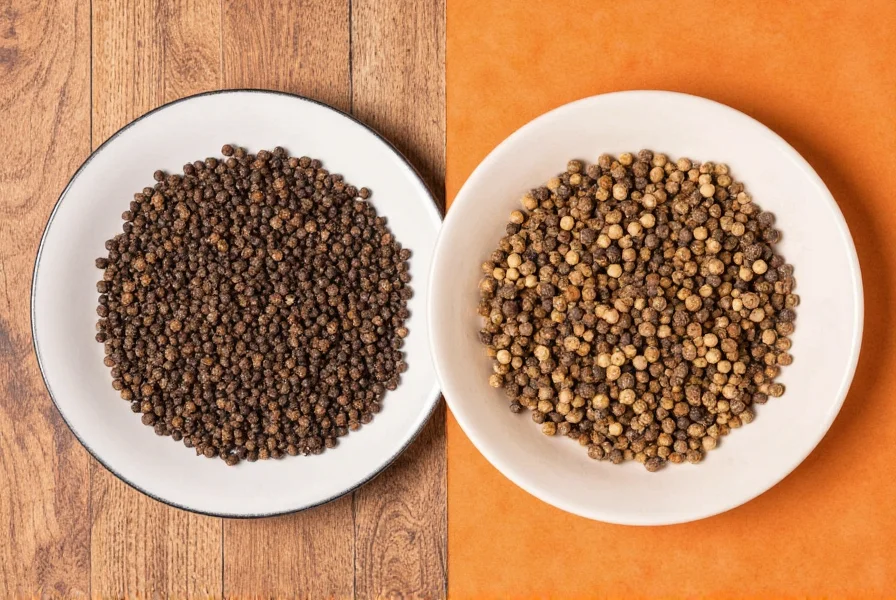
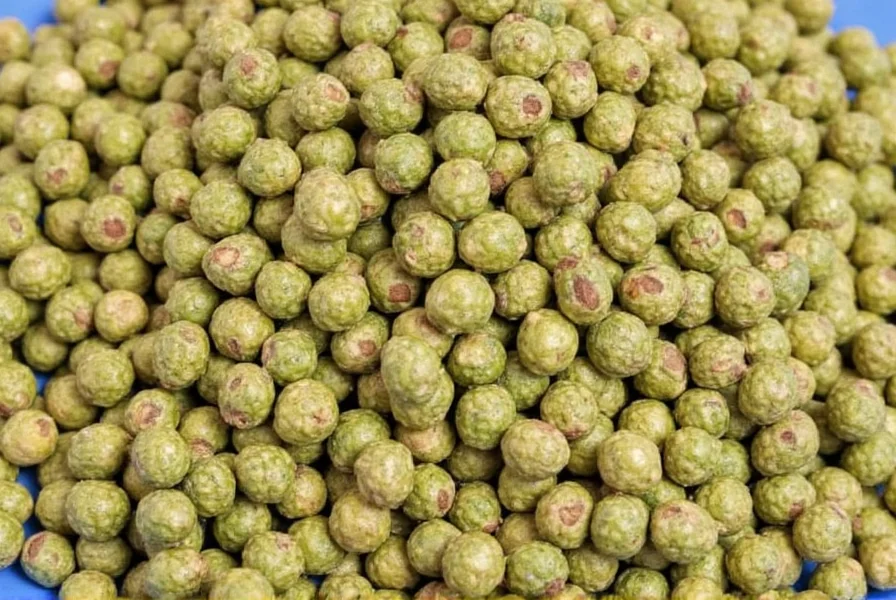
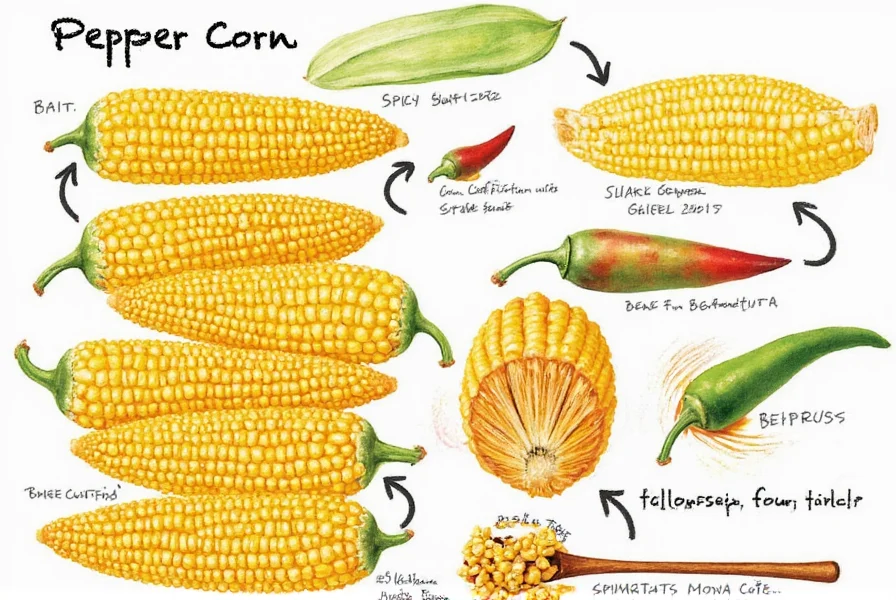
Top 5 Tips for Using Pepper Corn Like a Pro
Pepper corn is versatile, but using it effectively takes a bit of know-how. Here are five tips to help you get the most out of this spice:
- Grind it fresh: Never use pre-ground pepper—grind your peppercorns just before use for maximum flavor.
- Pair it wisely: Black pepper pairs well with red meat, while white pepper complements dairy-based dishes.
- Experiment with combinations: Try mixing different types of pepper for unique flavor profiles.
- Use it in moderation: Pepper has a strong taste, so start with a small amount and adjust to your liking.
- Store it properly: Keep peppercorns in a cool, dry place away from direct sunlight to maintain freshness.
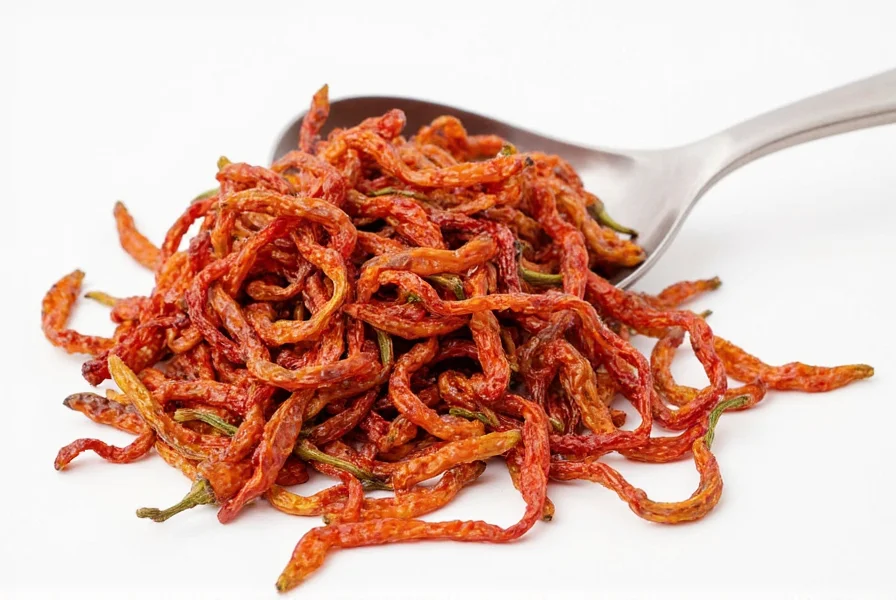
Frequently Asked Questions About Pepper Corn
What is the difference between "pepper corn" and "black pepper"?
"Pepper corn" refers to the whole dried berries of the Piper nigrum plant, while "black pepper" specifically describes the dried unripe berries that turn dark when processed. All black pepper comes from pepper corns, but not all pepper corns are black pepper—there are also white, green, and red varieties. The terms are often used interchangeably, but technically "pepper corn" is the broader category.
Is pepper corn the same as black pepper?
Yes, black pepper comes from pepper corns. Specifically, black pepper is made from unripe green berries that are dried until they turn dark and wrinkled. The terms are often used interchangeably, though "pepper corn" refers to the whole peppercorn before grinding, while "black pepper" typically refers to the ground form.
How long do pepper corns stay fresh?
Whole pepper corns can stay fresh for 2-3 years when stored properly in an airtight container away from light and moisture. Once ground, pepper loses its potency much faster—usually within 4-6 months. For best flavor, always grind pepper just before use.
Why is freshly ground pepper better than pre-ground?
Freshly ground pepper has a more vibrant flavor and aroma because the essential oils and compounds that give pepper its distinctive taste begin to dissipate once ground. Pre-ground pepper loses up to 50% of its volatile compounds within an hour of grinding, which is why freshly ground pepper tastes significantly more robust.
Can I substitute one type of pepper corn for another in recipes?
You can substitute different pepper corn types, but be aware of flavor differences. Black pepper has a strong, pungent flavor while white pepper is milder and earthier. Green peppercorns offer a fresher, tangier taste, and red peppercorns are sweeter and fruitier. Substitute with consideration for how it will affect your dish's overall flavor profile.
What are the health benefits of pepper corn?
Pepper corn contains piperine, which may enhance nutrient absorption, particularly of curcumin in turmeric. It also has antioxidant and anti-inflammatory properties. Some studies suggest black pepper may support digestion and have potential benefits for brain health, though more research is needed in these areas.
Conclusion
Pepper corn may seem simple, but it's a spice with deep roots and a wide range of applications. Whether you're grinding it over a steak, using it in a delicate sauce, or experimenting with new flavor combinations, pepper corn adds a layer of complexity that can transform your cooking.
So next time you reach for a bottle of pepper, remember that you're not just adding heat—you're enhancing the entire experience of your meal. And don't forget to explore the different types of pepper corn; each one brings something unique to the table.

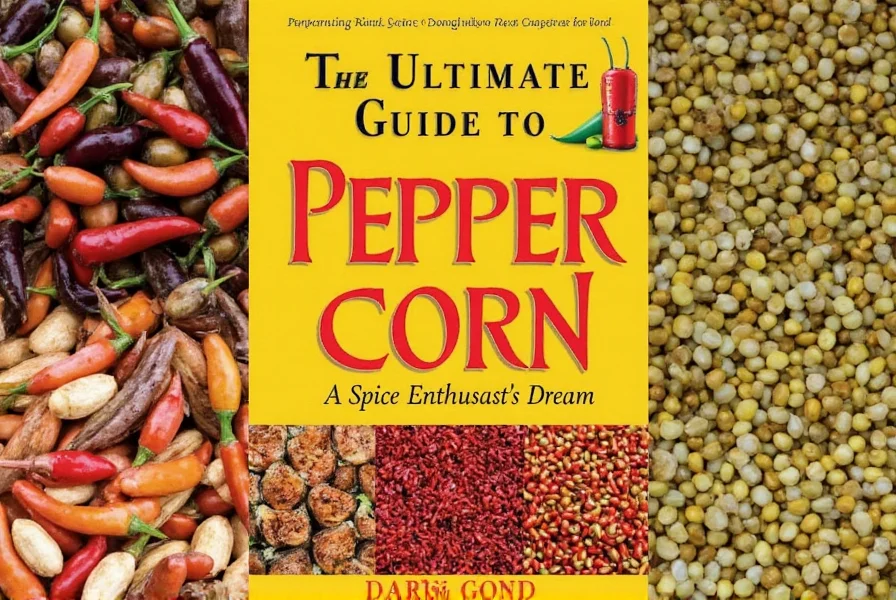









 浙公网安备
33010002000092号
浙公网安备
33010002000092号 浙B2-20120091-4
浙B2-20120091-4